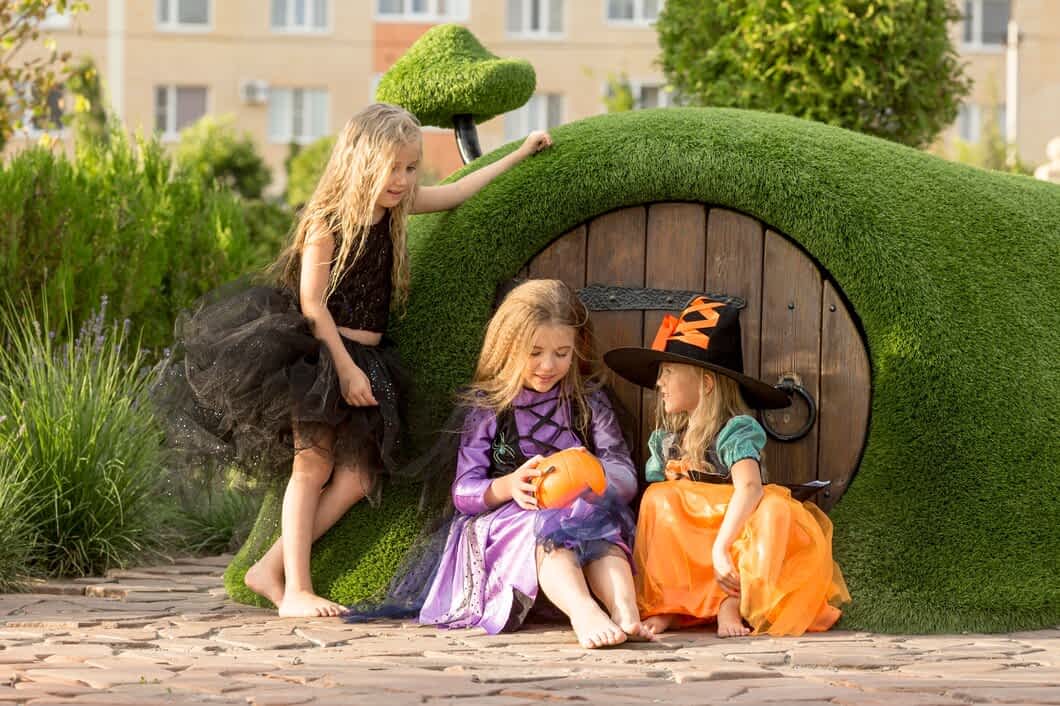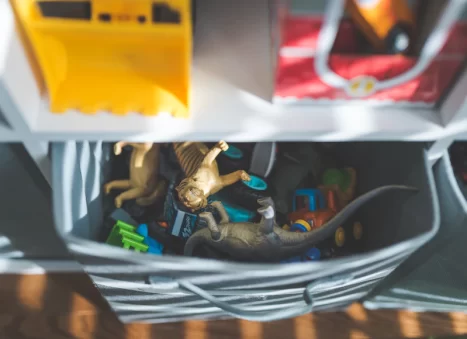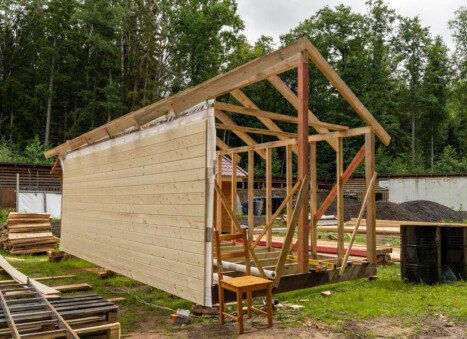
6 Steps To A Kid-Friendly Garden
Encouraging your child to ditch the screen may just be one of the hardest battles of the modern day. But it doesn’t have to be that way!
Luckily, your child can find greater entertainment elsewhere. As a parent, all you need is a bit of creativity and willpower.
Picture a magical space outdoors where tiny hands dig deep into the soil and curious eyes watch flowers bloom. This is all possible by creating a kid-friendly garden that considers a child’s intrinsic curiosity.
But how do you do this?
In just 7 easy steps – let’s check them out.
How to Create a Kid-Friendly Garden

Before we get into it, don’t expect us to just talk about flowers. We’re here to tell you how to cultivate a space that encourages safe outdoor exploration.
To create a kid-friendly garden, you’ll need to:
Use Natural Materials for Play Areas
You don’t need to go all out and buy slip ‘n slides or the most elaborate-looking swingsets to make great play areas for your kids. On the contrary, there’s so much potential if you work with natural materials found in the garden itself or brought in.
For example, putting in a shallow area filled with soft sand can trigger an interest in sand castles or buried treasure hunts. Add a few buckets, shovels, and molds to inspire imaginative play and teach your child how to use them. Or, you can use any fallen logs or tree stumps as seats or stepping stones. If you have the space for it, you can even put together a small obstacle course from the materials you find around the garden.
Lay Some Turf
If you have the option to choose the foundation of your garden, consider turf instead of stones or concrete. This way, your kids will have a safe and comfortable space for various activities. Plus, you won’t have to worry as much about them falling and injuring themselves.
You can choose real or artificial turf, as long as it’s durable, low-maintenance, and ideal for running or cartwheel competitions. Kids fall often, that’s a given. But you can still do your best to ensure a cushioned landing that won’t interrupt their game and soil their experience.
Keep It Private
If your garden is exposed to the outside world, this could pose a safety problem for your children. Not only will passers-by be able to look into what they’re doing, but your children may also stray farther when you’re not looking.
To ensure this doesn’t happen and guarantee your children’s privacy, opt for artificial hedges to create seclusion. These elements will make the garden feel like a secret hideaway. They don’t need any maintenance or pruning, provide respite from external distractions, serve as windbreaks, and foster a space where your kids can explore.
Add Some Shade
Regardless of whether you live in a warmer or cooler climate, your children will need a place to retreat to when the sun gets a little too hot. A canopy or trees with broad canopies provide relief from the sun’s rays and ensure your children don’t have to cut their playtime short. Plus, since these are long-term solutions, you’ll be able to reap the benefits long after your children grow up.
If you want to get more creative, consider a canopy tent or a treehouse with a roof that can also double as a play area. There are also versatile and portable pop-up tents or tepee-like structures you can move around the garden to accommodate different activities.
Paint a Wall
Do you have a plain blank wall in your garden that dampens the beauty of the space? You don’t have to put up with it when you have creative children!
Take some exterior-grade paints designed for outdoor use and ask your child to come up with a scene you can paint together. This doesn’t have to be anything complicated or cover the entire wall, either. The important thing is to involve your kid in decorating and allow them to exercise their brain.
Check the forecast before you begin painting to ensure rain doesn’t wash away your hard work. In the end, add a clear sealant or weatherproofing coat to protect it.
Let Your Kids Choose the Plants
If you have the space to plant a few plants or shrubs, don’t pick them out alone. Let your children take an active role in the selection process and allow them to pick the flowers and plants they’d like to see in the garden. That way, they’ll be more attached to the space because they’d have had a hand in creating it.
Keep in mind that you should still research the plants your child likes to cross out suspicions that they might be toxic or unsuitable. If this is so, tell your child what this means and ask them to pick other options out of a pre-approved selection. After planting, teach your kids about plant care and seek their help with gardening whenever possible.
Finishing Thoughts
Cultivating a garden that’s not just green but also kid-friendly means you’re nurturing more than just plants. In a way, you’re fostering imagination, curiosity, and a love for nature in your children. Each step creates new memories and instills new values into your children’s minds.
And embrace the mess. There’s bound to be a lot of it.
Read Also:
Already have an account?
Sign In
Create your account
User added successfully. Log in








